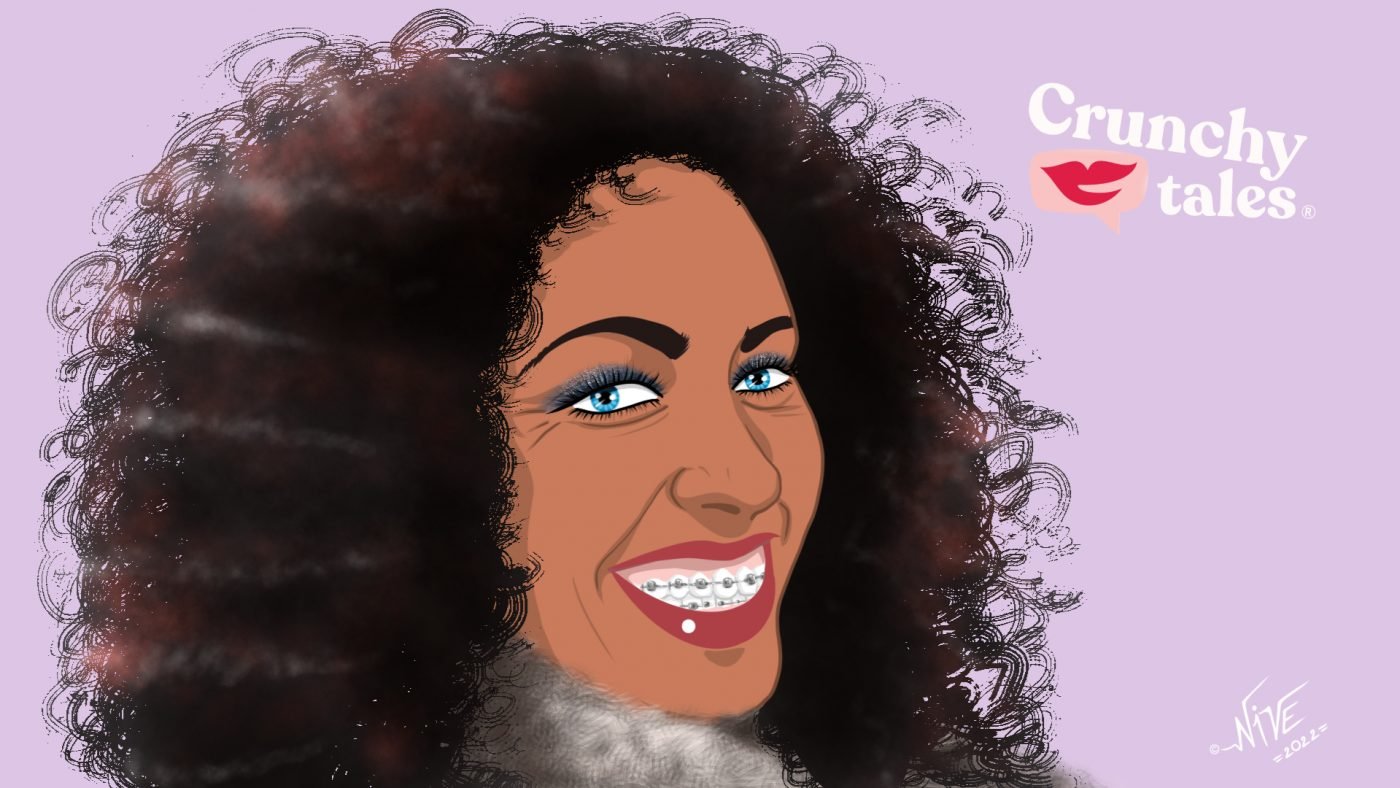Why It’s Never Too Late To Get Braces: A Guide For Adults
When we think of getting braces, we often picture teenagers with metal brackets and wires adorning their smiles. But did you know that it’s never too late to straighten your teeth and improve your oral health? In fact, more and more adults are turning to orthodontic treatment to achieve a straighter, healthier smile.
If the actress Faye Dunaway could get them at 61, there is no reason why you can’t have them, too. Gone are those days when you used to hide your crooked teeth, getting braces as an adult is not only more common than you think but also a great way to boost your self-esteem and prevent future dental troubles such as gum diseases.
Benefits of getting braces as an adult
Many adults are hesitant to get braces due to the perception that they are mostly for cosmetic purposes. However, straight teeth have many health benefits that go beyond just aesthetics.
According to the American Association of Orthodontists, 25 per cent of all orthodontic patients today are adults and the number of them seeking treatment with orthodontists continues to grow each year on a consistent basis. Very similar trends also being seen in the UK, are confirmed in a recent study by the British Orthodontic Society.
Whether it’s because of cosmetic concerns or functional problems, the adult braces’ boom can be explained by a combination of factors, including advancement in dental technology and growing awareness of possible cosmetic improvements.
Social media is also making the trend more acceptable. There are hundreds of photos with the #adultbraces on Instagram: people over 40 posting pictures of themselves with their new braces, encouraging others to do the same showing a great smile.
What’s more, now that Zoom online meetings are the new normal, people have now become more conscious of straight and healthy-looking teeth.
“During the pandemic, one of the reasons adults have sought treatment is because of the Zoom effect,” explains Dr Ken Dillehay, president of the American Association of Orthodontists. “Looking at ourselves through the lens of a camera during meetings created an urgency among adult patients to begin orthodontic treatment.”
What to expect during the braces process
A lot of factors go into deciding which option is best for you: the condition of your teeth and the level of work needed, your budget, and personal preferences.
Twenty years ago, if you were asked to think about braces, you’d be more likely to imagine the “classic” metal wires running across the front of the teeth giving you that “geek” look. But now, with clear aligners like Invisalign, clear ceramic braces that match the colour of the teeth, and lingual braces (attached to the back of the teeth to keep them hidden), it’s entirely possible to have braces without letting the world know.
However, having corrective treatment as an adult can be more complicated for a number of reasons including fillings, missing teeth or other dental issues; of course, nothing that your specialist orthodontist can’t overcome. Also, consider that the process might be long (between 6 months to 2 years) and be a bit uncomfortable.
Most orthodontists offer you a free initial consultation. Take advantage of it so you can get a better feel if it is the right practice for you. You will also get a better sense of what types of treatment are recommended for your particular situation.
How much do braces cost for adults?
Getting braces as an adult is now more affordable. Since there are a number of options available, you can choose the one that suits your pocket. The average cost of braces runs anywhere from $3,000 to $8,000 and that depends on the severity of your condition and the type of braces you require.
If you have a tight budget, the American Dental Association advises to opt for traditional braces or metal braces. They are generally the least expensive option compared to removable aligners or lingual braces and effectively correct most orthodontic issues. Although they don’t look particularly glamorous, traditional braces now come in a variety of models – stainless steel, tooth-coloured ceramic and even gold-coloured.
Sometimes dental insurance will help with the expenses, but not all plans cover braces for adults.
Are braces worth it for older adults?
According to Orthodontics Australia, the Australian Society of Orthodontists (ASO) public information and advice channel, not only does this treatment straighten the teeth, create confidence and a more pleasant appearance, but it can also help in preventing nasty tooth decay and other oral health issues. So whether you’re wanting to get braces to straighten your smile, or align your jaw, it is definitely worthwhile.
Don’t let yourself or others prevent you from getting braces as an adult. Whether you want to improve your confidence, address bite issues, or simply enhance your overall oral health, it’s never too late to get the smile you’ve always wanted.
If your smile is less than dazzling, brace yourself.
Like this post? Support Us or Sign up to our newsletter to get more articles like this delivered straight to your inbox!



